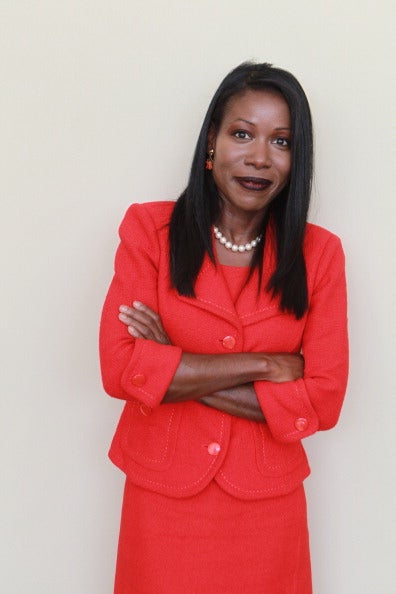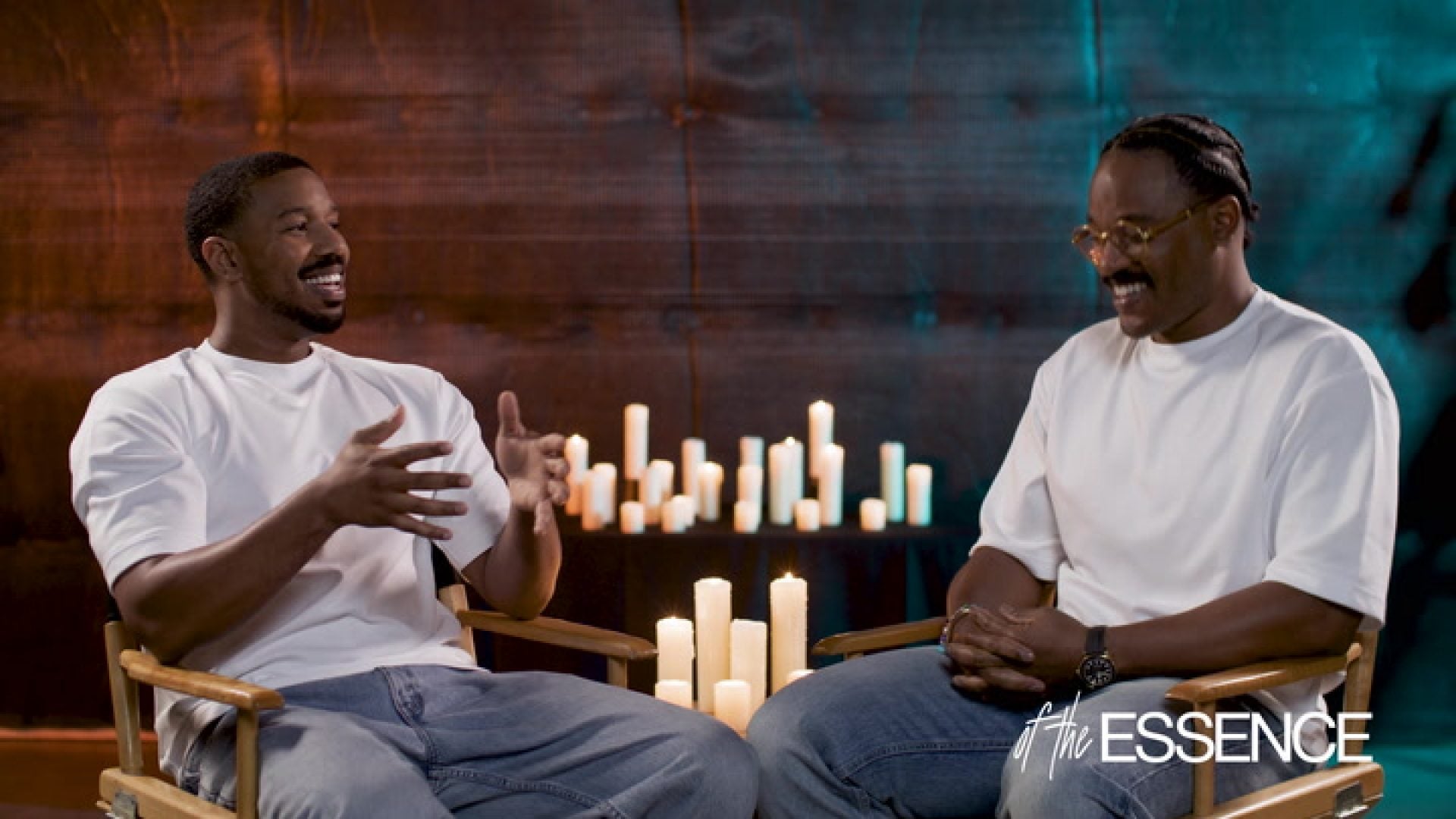
Before the summer of 2014, before we had seen Eric Garner dying on a Staten Island street and Michael Brown lifeless in the Missouri sun for hours, before the grand jury decisions and the die-ins that shut down interstates, we may have lulled ourselves into believing that the Struggle was over, that it had all been taken care of back in 1964, that the marching and blood-shed had established, once and for all, the basic rights of people who had been at the bottom for centuries. We may have believed that, if nothing else, the Civil Rights Movement had defined a bar beneath which we could not fall.
But history tells us otherwise. We seem to be in a continuing feedback loop of repeating a past that our country has yet to address. Our history is one of spectacular achievement (as in Black senators of the Reconstruction era or the advances that culminated in the election of Barack Obama) followed by a violent backlash that threatens to erase the gains and then a long, slow climb to the next mountain, where the cycle begins again.
The last reversal of Black advancement was so crushing that historians called it the Nadir. It came after the leaps African-Americans made after enslavement during the cracked window of opportunity known as Reconstruction. The newly freed people built schools and businesses and ascended to high office.
Where Do We Go From Here?: Essay by Angela Davis
But a conservative counteraction led to a gutting of the civil rights laws of that time and to the start of a Jim Crow caste system in the South that restricted every step an African-American could make. Any breach of the system could mean one’s life. African-Americans were lynched over accusations of mundane infractions, such as stealing a hog or 75 cents, during a period that lasted into the 1940’s.
Six million African-Americans fled that caste system, seeking asylum in the rest of the country during what would become the Great Migration. Denied the ballot, they voted with their bodies.
Where Do We Go From Here?: Essay by Melissa Harris-Perry
Their defection put pressure on the country, North and South, and freed them to pursue their dreams of self-determination. But in the North, they were met with hostility from the onset—redlining, overpolicing, hypersegregation, the seeds of the disparities we see today.The past few months have forced us to confront our place in a country where we were enslaved for far longer than we have been free. Forced us to face the dispiriting erosion that we have witnessed in recent years—from the Birther assaults on a sitting Black President to the gutting of the Voting Rights Act that we had believed was carved in granite.
And now police assaults on Black people for the most ordinary human behaviors—a father tasered in Minnesota while waiting for his children; a motorist shot to death in North Carolina while seeking help after a car accident. It is as if we have reentered the past and are living in a second Nadir: It seems the rate of police killings now surpasses the rate of lynchings during the worst decades of the Jim Crow era. There was a lynching every four days in the early decades of the twentieth century. It’s been estimated that an African-American is now killed by police every two to three days.
Where Do We Go From Here?: Essay by Chirlane McCray
The outcomes in Staten Island and Ferguson and elsewhere signal, as in the time of Jim Crow, that the loss of Black life at the hands of authorities does not so much as merit further inquiry and that the caste system has only mutated with the times.From this, we have learned that the journey is far from over and that we must know our history to gain strength for the days ahead. We must love ourselves even if—and perhaps especially if—others do not. We must keep our faith even as we work to make our country live up to its creed. And we must know deep in our bones and in our hearts that if the ancestors could survive the Middle Passage, we can survive anything.
Isabel Wilkerson, a Pulitzer Prize winning journalist, is the author of The Warmth of Other Suns: The Epic Story of America’s Great Migration.
This contribution, along with others exploring the new civil rights movement, appears in ESSENCE’s special #BlackLivesMatter issue. This historic collector’s edition is available on stands January 9.







FOR MORE FROM OUR BLACK LIVES MATTER ISSUE:
The Editor’s Letter: The Path Forward
Where Do We Go From Here?: Essay by Angela Davis
Where Do We Go From Here?: Essay by Melissa Harris-Perry
Where Do We Go From Here?: Essay by Patrisse Cullors
Where Do We Go From Here?: Essay by Chirlane McCray





